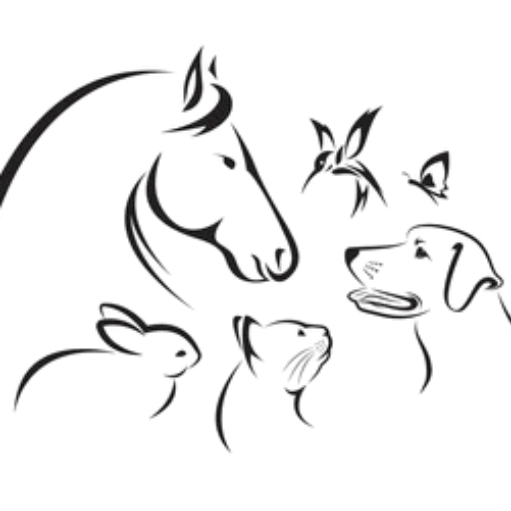In the realm of human-feline companionship, there exists an enduring enigma that has captivated the curious observer for centuries: why do cats insist on occupying the most precious and cozy real estate in our homes—our laps? Like feline philosophers, they perch upon this prime position with an air of serene entitlement, leaving us to ponder the underlying reasons behind this curious behavior. In this article, we shall embark on a scientific expedition to unravel the enigmatic impulses that drive our feline companions to seek solace in our laps, exploring the biological, psychological, and evolutionary factors that shape this endearing interaction.
– The Comforting Presence of Your Lap
Cats have an uncanny ability to find the most cozy spot to curl up and take a nap, and frequently enough that spot is your lap. While there are many reasons why your cat might enjoy sitting on your lap, one reason is that it’s a warm and secure place to be.Your lap provides a cozy spot for your cat to snooze and provides warmth to keep it comfortable. Along with being warm and secure, your lap is also a safe place for your cat to be.Your cat can relax and feel safe in your presence,knowing that it is indeed protected from any potential threats.
– The Evolutionary Origins of Lap-Sitting
The Evolutionary Origins of Lap-Sitting
The domestic cat’s (Felis catus) behavior of sitting on their human companions’ laps may date back to their wild ancestry. In the savannahs of Africa and the Middle East, where cats evolved, seeking warmth and shelter from predators was essential for survival.Wild cats often sought refuge among dense vegetation, rock crevices, or even their prey’s nests. Over time, these cats may have discovered that humans provided a similar sense of safety and warmth, leading them to exhibit the behavior of lap-sitting.
Additionally, the act of lap-sitting may have served a practical purpose for early cat ancestors. As cats primarily communicate through body language, lap-sitting may have been a way for them to express contentment and connection with their human companions. By rubbing their head against their human’s legs, cats deposit pheromones, creating a sense of familiarity and bonding. Sitting on their human’s lap may also allow cats to mark their territory, as they tend to release pheromones from glands located in their cheeks and paws. Cats may continue to lap-sit with humans today as a way to retain these ancient comfort-seeking, bonding, and territorial marking behaviors.
– tailored Recommendations for Your Feline Friend
tailored Recommendations for Your Feline Friend
Understanding your cat’s behavior is crucial for building a strong bond. Their lap-sitting habits often reveal specific needs and preferences. some cats seek warmth and comfort, while others enjoy the elevated view or bonding time. consider their age, health, and personality when catering to their needs. As an example, older cats may prefer softer surfaces, while kittens crave a connection with their owners. So, personalize the lap-sitting experience by providing comfortable spots, ensuring a peaceful environment, and engaging in gentle affection to foster their well-being.
In Summary
As the feline enigma continues to unravel, we discover the profound bond between cats and humans extends beyond mere companionship. Their enigmatic nature has captivated our imaginations, leading us to ponder the reasons behind their captivating behavior. The act of a cat gracefully settling upon our laps, a seemingly simple act, is in fact a symphony of scientific intricacies.so, as you bask in the comforting warmth of your feline friend, remember that their presence is not merely a coincidence but a testament to the intricate web of emotions, instincts, and profound understanding that defines the human-feline connection.
